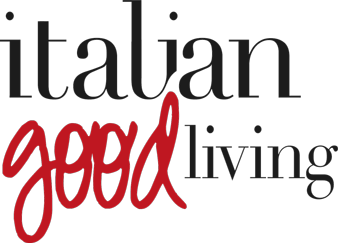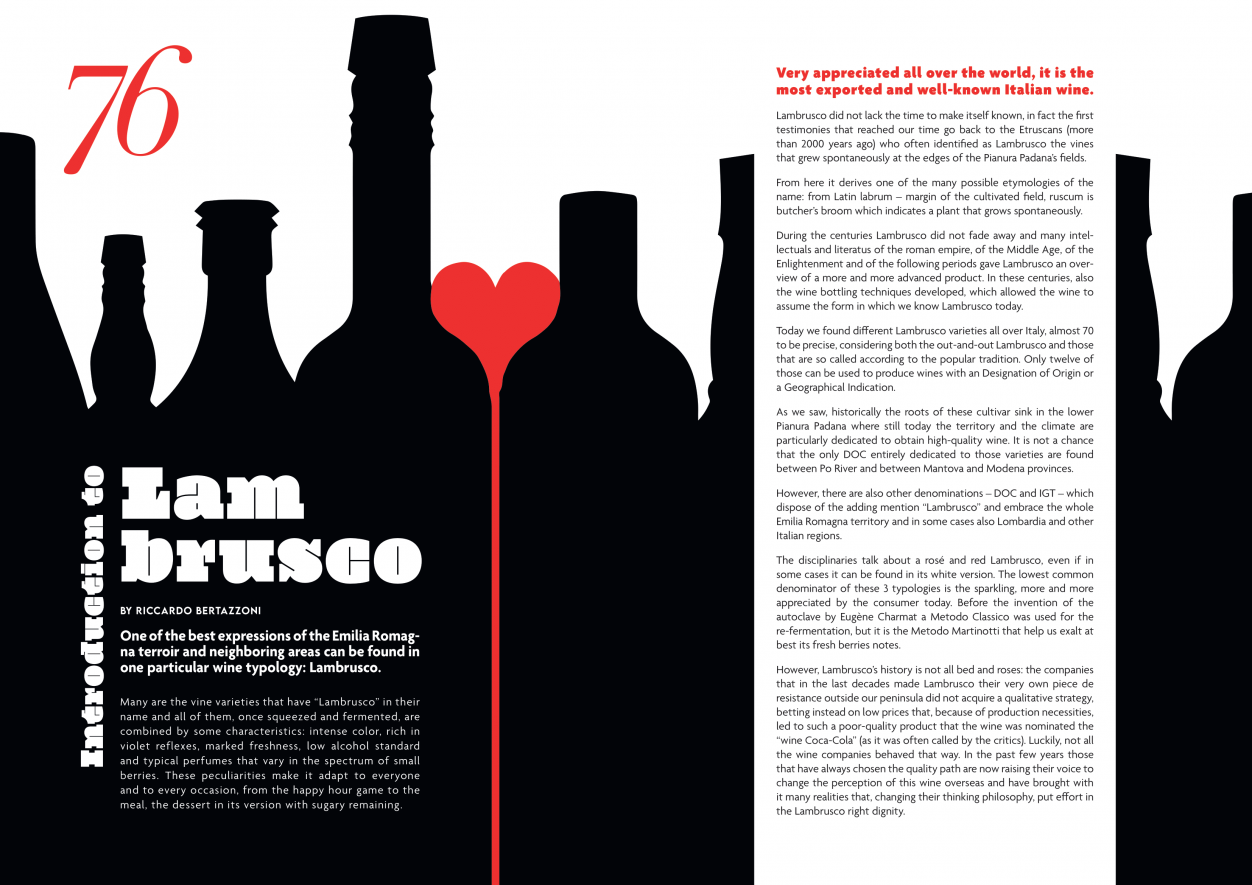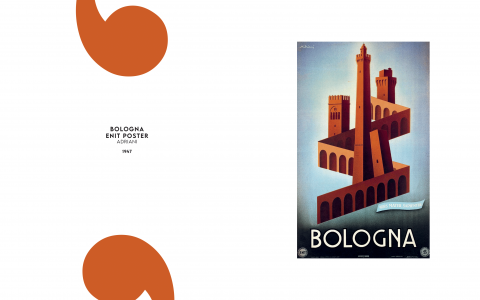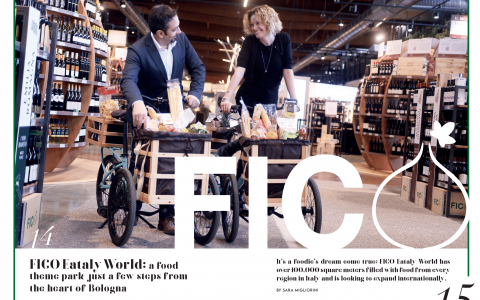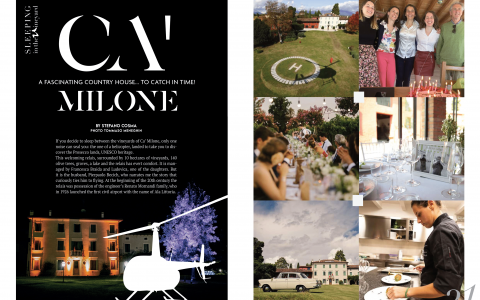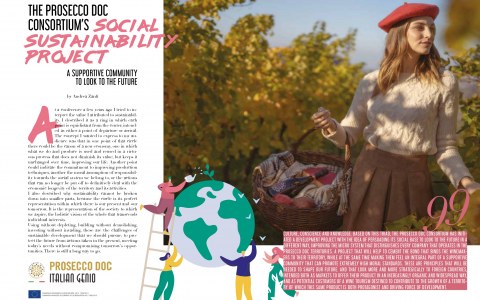Introduction to Lambrusco
By Riccardo Bertazzoni
One of the best expressions of the Emilia Romagna’s terroir and neighboring areas can be found in one particular wine typology: Lambrusco.
Many are the vine varieties that have “Lambrusco” in their name and all of them, once squeezed and fermented, are combined by some characteristics: intense color, rich in violet reflexes, marked freshness, low alcohol standard and typical perfumes that vary in the spectrum of small berries. These peculiarities make it adapt to everyone and to every occasion, from the happy hour game to the meal, the dessert in its version with sugary remaining.
Very appreciated all over the world, it is the most exported and well-known Italian wine.
Lambrusco did not lack the time to make itself known, in fact the first testimonies that reached our time go back to the Etruscans (more than 2000 years ago) who often identified as Lambrusco the vines that grew spontaneously at the edges of the Pianura Padana’s fields.
From here it derives one of the many possible etymologies of the name: from Latin labrum – margin of the cultivated field, ruscum is butcher’s broom which indicates a plant that grows spontaneously.
During the centuries Lambrusco did not fade away and many intellectuals and literatus of the roman empire, of the Middle Age, of the Enlightenment and of the following periods gave Lambrusco an overview of a more and more advanced product. In these centuries, also the wine bottling techniques developed, which allowed the wine to assume the form in which we know Lambrusco today.
Today we found different Lambrusco varieties all over Italy, almost 70 to be precise, considering both the out-and-out Lambrusco and those that are so called according to the popular tradition. Only twelve of those can be used to produce wines with an Designation of Origin or a Geographical Indication.
As we saw, historically the roots of these cultivar sink in the lower Pianura Padana where still today the territory and the climate are particularly dedicated to obtain high-quality wine. It is not a chance that the only DOC entirely dedicated to those varieties are found between Po River and between Mantova and Modena provinces.
However, there are also other denominations – DOC and IGT – which dispose of the adding mention “Lambrusco” and embrace the whole Emilia Romagna territory and in some cases also Lombardia and other Italian regions.
The disciplinaries talk about a rosé and red Lambrusco, even if in some cases it can be found in its white version. The lowest common denominator of these 3 typologies is the sparkling, more and more appreciated by the consumer today. Before the invention of the autoclave by Eugène Charmat, a Metodo Classico was used for the re-fermentation, but it is the Metodo Martinotti that help us exalt at best its fresh berries notes.
However, Lambrusco’s history is not all bed and roses: the companies that in the last decades made Lambrusco their very own piece de resistance outside our peninsula did not acquire a qualitative strategy, betting instead on low prices that, because of production necessities, led to such a poor-quality product that the wine was nominated the “wine Coca-Cola” (as it was often called by the critics). Luckily, not all the wine companies behaved that way. In the past few years those that have always chosen the quality path are now raising their voice to change the perception of this wine overseas and have brought with it many realities that, changing their thinking philosophy, put effort in the Lambrusco right dignity.
